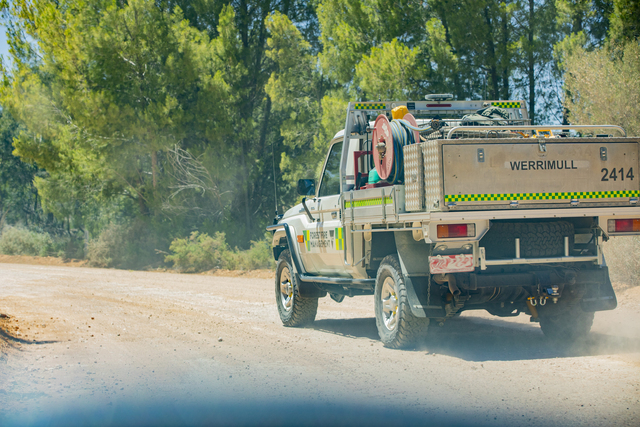OPINION
AS a boxer, the main goal of my sport is to render my opponent unconscious.
So I am more aware than most about the dangers of concussions and the high risk of brain trauma, because violence is intrinsic to the nature of my sport.
Concussion injuries and how they are treated have come under much greater scrutiny in recent times as more evidence of their devastating impact has emerged.
The AFL has announced a $25 million study into the long-term effects of concussions and head knocks, and the Senate is finalising a report on its inquiry into concussion injuries.
But compare amateur football to amateur boxing, and there is a stark contrast in safety protocols.
I was shocked to discover that concussed footballers only require a 12-day break, but a concussion can rule out boxers for months to ensure the health of the athletes.
It’s a protocol I believe should be adopted by footballers.
Consider the numbers. Studies suggest that 90 per cent of boxers will suffer a concussion.
In the AFL, 70 to 80 of its 820 players are reporting concussions each year, but the numbers are believed to be higher because players are under reporting their symptoms.
Concussion data is more difficult to confirm at lower grades but the consensus is there are five-to-six concussions per 1000 player hours.
My football career consisted of a series of 200-point losses in the seconds school team and shanking goals from 10 metres in front.
I remember warm-ups included laps of the oval, stretches, eating sausages in bread and dobs of the footy.
Let’s compare that to amateur boxing. As I write this, I am one day away from a fight in Adelaide and by now I know the drill.
I will arrive at the weigh-ins early Saturday morning where I will be greeted by a doctor who will weigh me in, check my hands for broken bones, ensure my blood work is up to date and administer a concussion test.
I will see this same doctor eight hours later where they will be seated ringside, closely monitoring the fights.
In my most recent outing, I ate a rather nasty overhand mere seconds into my fight which began to swell my left eye. The doctor paused the bout in the middle of the round ushered me into the corner and conducted a medical to ensure I was fit to continue.
After the bout, the doctor again sat me down and conducted a more thorough examination.
Name me another sport where you receive medical testing before, during and after competition.
I would argue that amateur boxing in many ways is a safer sport than amateur football. Boxers wear head guards, face their opponent and can brace and roll with the shots.
Strikes to the back of the head, or rabbit punches as they are known are illegal and will result in disqualification.
Slapping or hitting with the non-padded inside of the glove will also result in loss of points and disqualification.
In football, players are regularly hit from the side, take knees to the head, and are struck from behind as they go up for the mark.
I would argue that boxing referees have a greater level of control. They closely monitor the fight to ensure no one fighter is taking unnecessary damage.
The number one priority above all else is to protect the fighter.
When my mum attended one of my matches, she conceded the event was well run and the safety measures were prevalent – although I think she’d still prefer that I played table tennis.
So how does each sport manage their concussed athletes?
According to Boxing Australia guidelines, a boxer who has sustained a TKO with no loss of consciousness shall not be permitted to take part in competitive boxing or in sparring for 30 days, a second TKO will result in 90 days and a third stoppage will see a year ban.
In the case of a KO resulting in a loss of consciousness, if the boxer is unconscious for less than one minute, they will be required to sustain from contact for 90 days. If it has been over a minute that doubles to 180 days, a second and third KO loss will result in 12 and 18-months ban, respectively.
These KOs are recorded by ringside doctors and enforced by Boxing Australia.
Compare this to junior elite football, AFL and AFLW, which say that the earliest a player can return to play post-concussion is a mere 12 days after the injury.
A recent University of South Australia study on amateur footballers suggested extended recovery times may be needed for youth athletes suffering from head trauma.
New research showed a concussion can increase future injury risk by 50 per cent.
This is something amateur boxing has acknowledged and addressed. It is time football caught up.
I’m not telling you to ditch the ball and pick up the gloves.
But there is compelling evidence that amateur football needs to take a page from boxing’s book and make brain health an urgent priority for its athletes.








